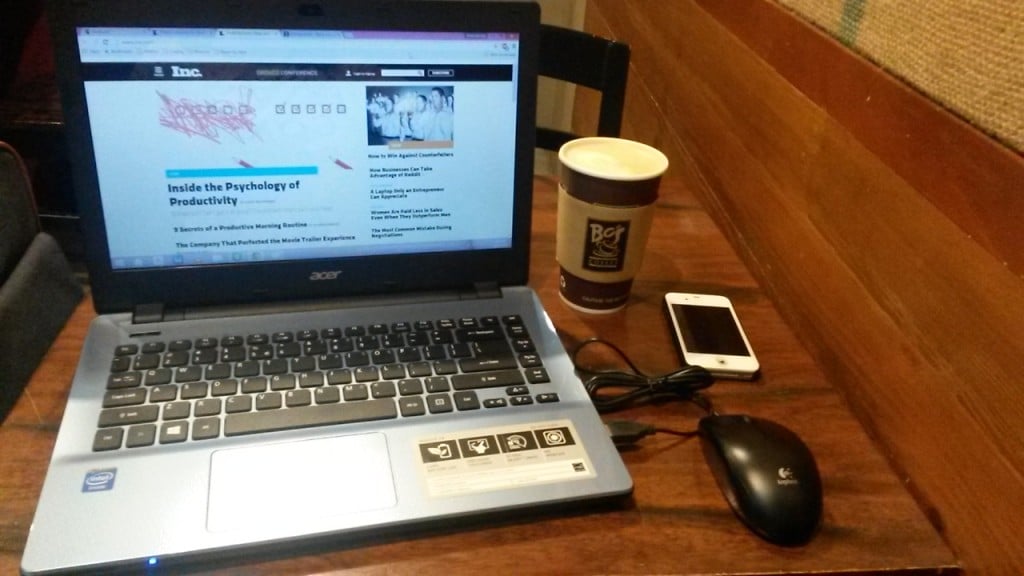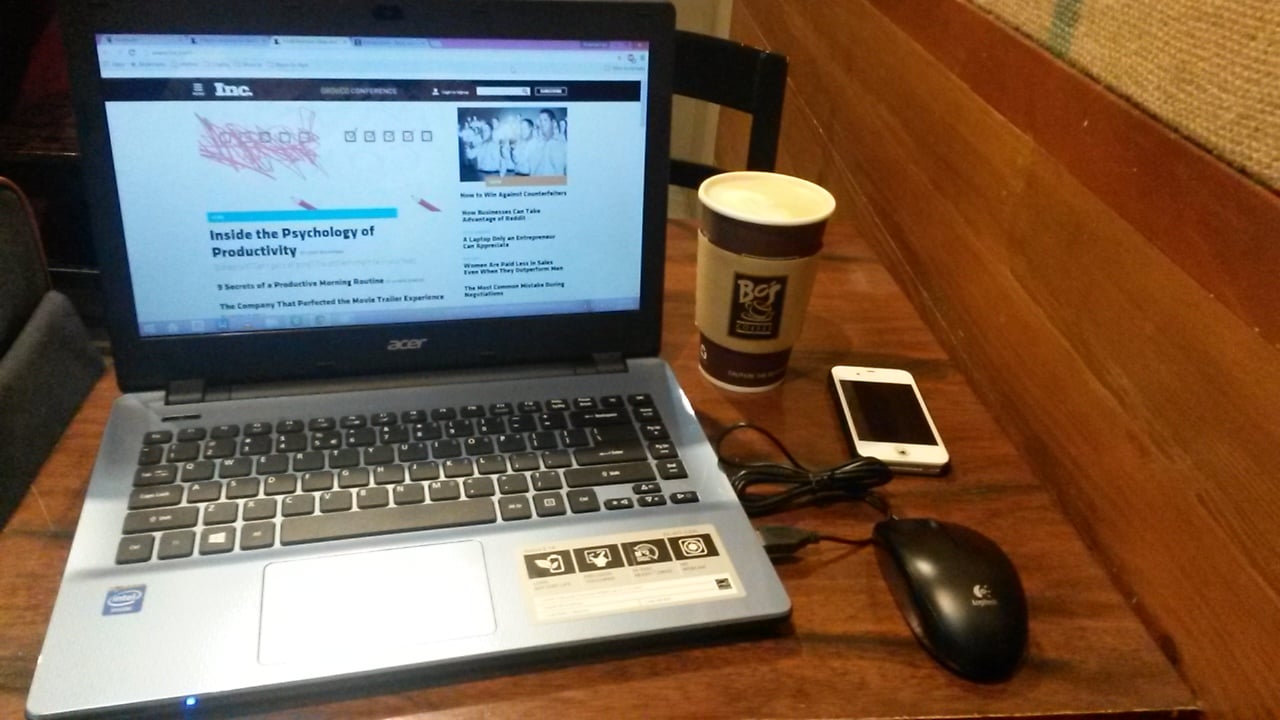

How do you take notes? Do you reach for your Moleskin notebook or your smartphone?
Despite the increasing popularity and affordability of devices like tablets, smartphones, and laptops, traditional pen and paper note taking is still going strong.
While many people switch between note-taking on a tablet and note-taking with pen and paper, a study by Julie Berkovatz and Erica de Guzman reveals that many students still prefer taking notes in hard copy – that is, using pen and paper.
Citing the reason for their preference, the research participants said that “soft copy” (taking notes on a mobile device) is a distracting experience that doesn’t let them focus on the note taking task as much as they should. They explained that their preference is for hard copy because the act of taking notes is essentially simpler.
This rationale is in fact corroborated by previous studies which claim that the many uses of computers and laptops make it difficult for students to dedicate their attention to the class at hand. In order to focus on the notes and not the device, these students opt to take notes with pen and paper instead.
The benefits of soft copy note-taking are numerous, but here are the three main points:
1) Efficiency
2) Information processing and understanding
3) Better information management
Surprisingly, the same benefits were mentioned by people who prefer digital note-taking to pen and paper.
A look at the disadvantages of each method sheds a bit more light into the dilemma between soft and hard copy note-taking. Those in favor of soft copy note-taking complain that taking notes with pen and paper might leave them with illegible information from too-hasty writing. They say that using pen and paper takes longer, so causes fatigue or cramping in the fingers and wrist. Finally, they contend that hand-writing notes might interfere with the student’s efforts to keep up with the lecturer.
Those in favor of hard copy note-taking mention their device’s unreliability and heaviness as important drawbacks that discourage them from regularly using those devices to take notes. The battery might die, a power outlet might not be available nearby, and some laptops are too heavy to carry around campus. These and other reasons are often enough to make students opt for the traditional note-taking method.
It could be the case that if students have above average typing skills, then the few disadvantages of soft copy note-taking wouldn’t bother them as much. When a person is able to type efficiently and accurately, there’s no chance of getting wrist fatigue or cramped fingers. What’s more, the average university lecture speed is approximately 100 words per minute, well within a good typist’s capabilities. In other words, excellent typing skills mean there’s no difficulty keeping up with the lecturer’s pace.
Perhaps a lack of typing knowledge is one reason why pen and paper is still holding on despite the immense popularity of hand-held, Internet-based devices. On the other hand, there are reasons why it’s a flexible and popular way of writing, and many students still find pen and paper a trustworthy, equally efficient note-taking method.
How do you take notes?
Check out Typesy Community and exchange ideas related to touch typing, keyboarding, learning, technology, and Typesy program itself. Login with your Typesy Account here: https://community.typesy.com/